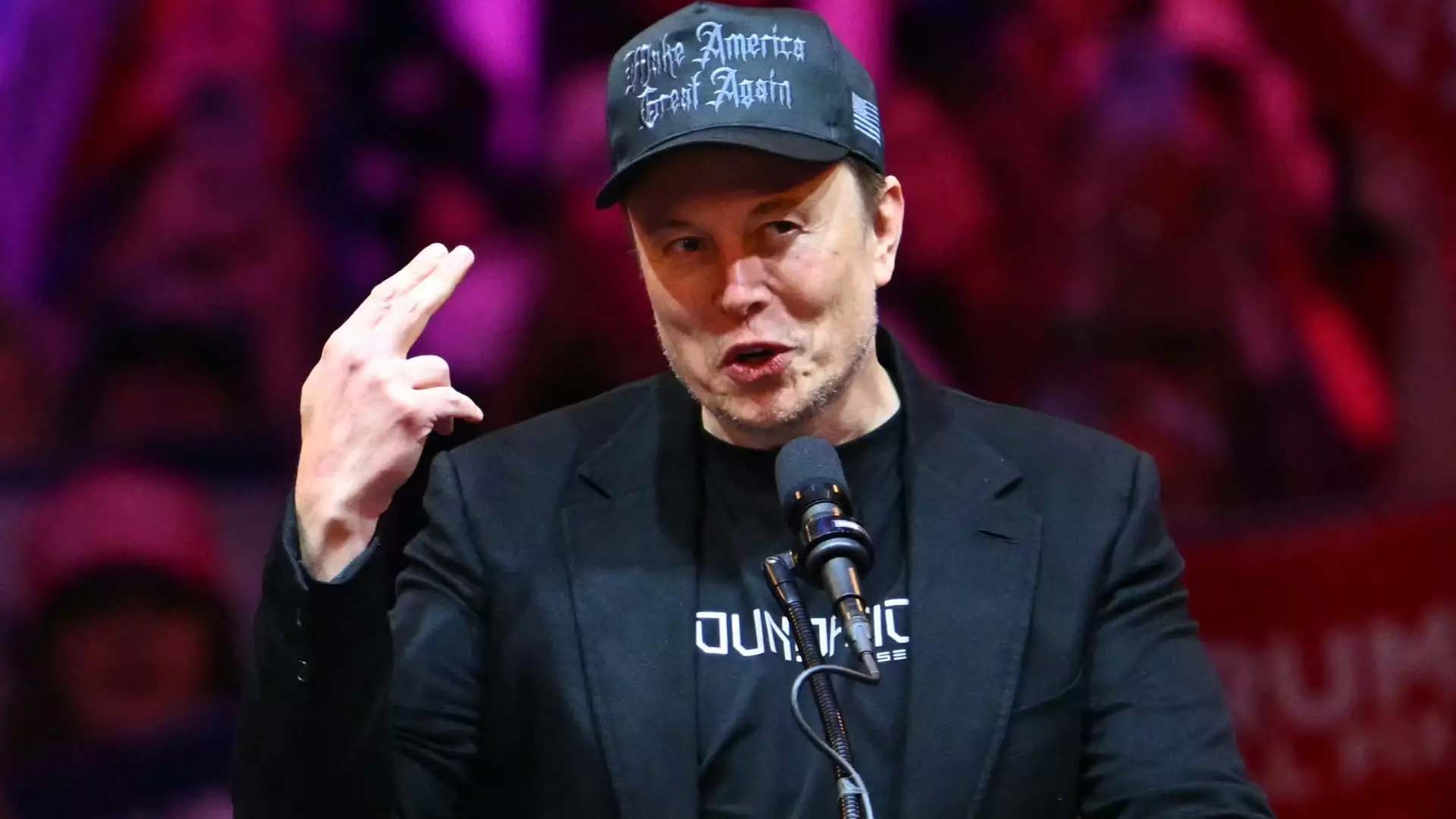The economic strategies proposed by former President Donald Trump for his potential second term have ignited a complex discussion among economists, political allies, and business leaders. While Trump’s policies may promise long-term benefits, they also come with immediate costs that are hard to overlook. These dual narratives raise essential questions about their feasibility, effectiveness, and the potential repercussions for American consumers.
At the heart of Trump’s economic platform lies a pledge to implement widespread tariffs, particularly high rates on imports from China. This approach, designed to protect and promote American manufacturing, has garnered both support and criticism from various quarters. Proponents argue that tariffs will create jobs and bolster the domestic economy by discouraging consumers from purchasing cheaper foreign products. However, this optimistic picture overlooks the reality that such tariffs could elevate prices on consumer goods almost immediately.
Recognizing this paradox, influential supporters like Tesla CEO Elon Musk have voiced their agreement with the assertion that these policies could create significant short-term inflation. By acknowledging the potential for an “overreaction in the economy,” Musk suggests a level of economic turmoil that might precede any conceivable benefits from such policies. This sentiment has been echoed by other prominent figures, including Cantor Fitzgerald CEO Howard Lutnick, who stated openly that imposing higher tariffs would indeed lead to increased prices for consumers.
Independent economists caution that Trump’s proposed policies might exacerbate existing economic challenges, including rising inflation and ballooning federal deficits. The phrase “Trump sales tax” has surfaced in political rhetoric to characterize the anticipated impact of tariffs on consumer prices, notably championed by Vice President Kamala Harris. This reference captures the concerns many have regarding the downstream effects of putting tariffs in place: once these costs are imposed, they likely become a permanent burden on consumers.
Indeed, while it is true that higher tariffs may encourage some consumers to opt for domestic alternatives, this strategy is not universally applicable. As Lutnick succinctly noted, when the U.S. does not produce specific products, consumers will inevitably face higher prices, irrespective of their desire to buy American-made goods. This raises an essential question: will the intended benefits of Trump’s tariffs be realized if consumers are priced out of the market entirely?
The emerging narrative among Trump’s allies appears to center around accepting short-term economic discomfort in exchange for long-term economic gain. Trump’s running mate, Senator JD Vance, argues that any immediate price hikes induced by tariffs could be offset by higher wages in the future. Yet, this perspective relies heavily on the assumption that those long-term benefits will indeed materialize and that they will adequately compensate for the immediate financial strain placed on American consumers.
This call for patience in the face of potential economic hardship raises a critical issue: the degree of trust that the electorate places in Trump and his team to deliver on their promises. The effectiveness of this defensive strategy largely rests on the belief that the economic trajectory they advocate will inevitably yield fruitful outcomes. However, history has shown that economic promises are notoriously difficult to fulfill.
It is essential not to overlook the political ramifications of these economic discussions. The Trump campaign’s message, as articulated by senior advisor Brian Hughes, frames the economic challenges primarily as a choice between moving forward with Trump’s policies or enduring four more years of what they deem “failed economic policies” from the current administration. This binary framing serves to galvanize support for Trump while casting doubt on the legitimacy of opposing viewpoints.
Consequently, the debate over Trump’s economic policies is not merely a technical discussion about tariffs, inflation, and consumer prices; it also reflects broader ideological confrontations about the future direction of the U.S. economy. As this conversation continues to evolve, it will undoubtedly shape the electoral landscape in significant ways, influencing voter perceptions and ultimately the policies that come to define American economic reality in the years to come.
The analysis of Trump’s economic proposals reveals a dichotomy of immediate challenges and potential long-term advantages. As the debate unfolds, it is crucial for voters and economic stakeholders to remain vigilant and critically assess the implications of these policies on both their wallets and the national economy as a whole.

Leave a Reply